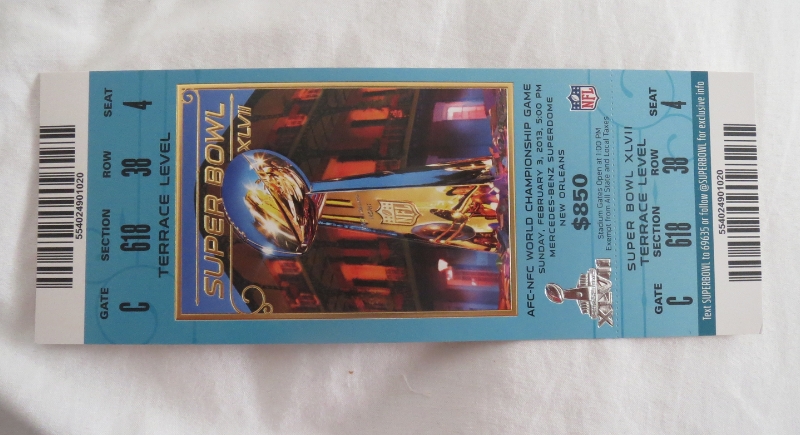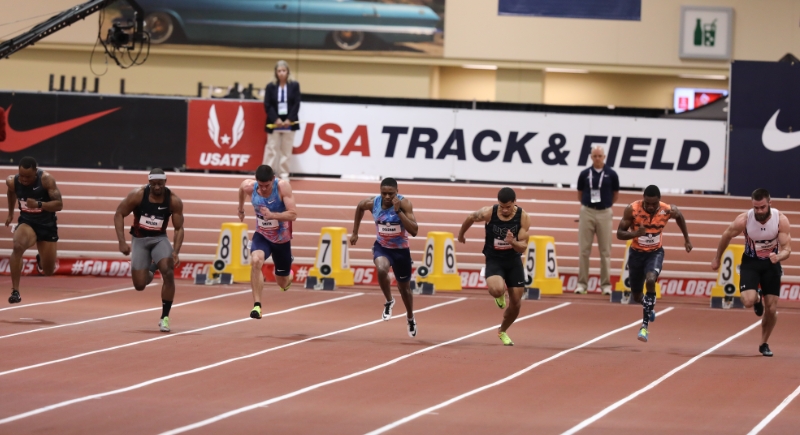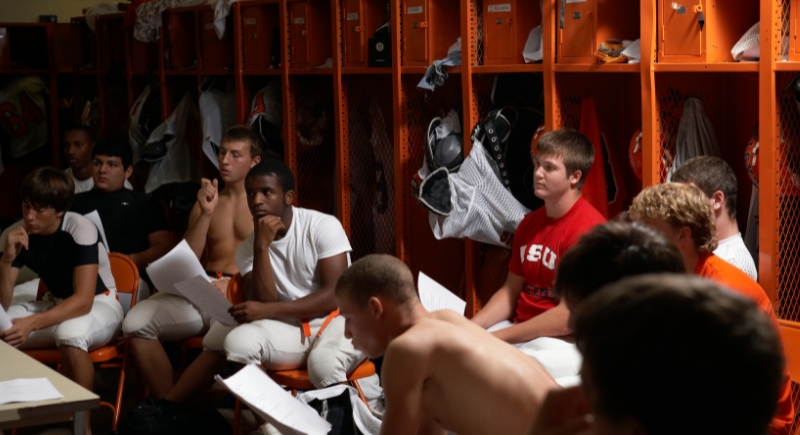Super Bowl Facts: Are NFL Players Faster than Track Stars?
Every February, the Super Bowl draws attention from across the country. Beyond the touchdowns and the trophy presentation, the event is loaded with history and unexpected trivia. We’ve gathered ten standout facts that explain why it remains such a cultural phenomenon.
Bob Hayes Made Olympic and NFL History

Image via Wikimedia Commons/Unknown Author
Bob Hayes, known as “Bullet Bob,” remains the only person to win both an Olympic gold medal and a Super Bowl. After setting a world record in the 100 meters at the 1964 Olympics, he joined the Dallas Cowboys as a wide receiver. Hayes then used his blazing speed to help Dallas beat the Miami Dolphins in Super Bowl VI in 1972.
The Lombardi Trophy Is Football-Sized Silver
The Lombardi Trophy is more than a shiny award. The football perched on top is an exact replica of an official Wilson “The Duke” football. It’s 22 inches tall and created entirely in sterling silver by Tiffany & Co., which explains why it weighs 8.75 pounds.
Tickets Used to Cost Less Than a Meal

Image via Wikimedia Commons/djanimal
The cost of experiencing the biggest football game has skyrocketed due to the massive growth of the NFL and its audience. Attending the first Super Bowl in 1967 was surprisingly affordable, at least by today’s standards. Tickets averaged just $6, though 30,000 seats went unsold. Compare that to 2024, when the cheapest face-value ticket was about $2,000.
Hurdlers Became Super Bowl Champions
Several elite hurdlers have successfully transitioned their skills into football success. Willie Gault, who won gold in the 4×100-meter relay at the 1983 World Championships, went on to help the Chicago Bears win Super Bowl XX. Renaldo Nehemiah, the first man to break 13 seconds in the 110-meter hurdles, briefly left track to play three NFL seasons with the San Francisco 49ers.
NFL Players Still Can’t Outrun Track Stars

Image via Wikimedia Commons/jenaragon94
The debate over whether NFL players are as fast as track stars comes down to raw speed. Raheem Mostert once set an NFL in-game record of 23.09 miles per hour, but Usain Bolt hit 27.79 miles per hour when breaking the 100-meter world record in 2009. Even Elaine Thompson-Herah, the fastest woman in history, reached 24.67 miles per hour at the Tokyo Olympics. Football players are incredibly fast, but track athletes consistently edge them out.
Brothers Have Battled on Football’s Biggest Stage
At Super Bowl LVII in 2023, Kansas City Chiefs tight end Travis Kelce faced off against his brother Jason, the center for the Philadelphia Eagles. The match was dubbed as the “Kelce Bowl,” and made headlines beyond sports pages. The Chiefs won the game, but fans were equally entertained by the sight of two brothers competing against each other for football’s ultimate prize.
Players Rack Up Surprising Mileage

Image via Pexels/Football Wife
NFL players cover more ground than many realize. Thanks to tracking chips in their pads, we know that players run an average of 1.25 miles per game. Much of that comes in short bursts of high intensity, rather than steady laps. Wide receivers and return specialists usually log the most distance, while quarterbacks vary depending on whether they scramble often.
Alicia Keys Holds the Longest Anthem Performance
Alicia Keys made history with her rendition of the national anthem at Super Bowl XLVII in 2013. She sat at a piano and stretched the performance to 2 minutes and 35 seconds, surpassing Natalie Cole’s 152-second version in 1994. National anthem lengths often spark betting pools, and Keys’ extended take gave viewers one of the most memorable moments before kickoff in Super Bowl history.
Halftime Is a Different Game for Players

Image via Photo Images/ Darrin Klimek
The Super Bowl halftime show doubles the usual break and lasts about 40 minutes instead of 20. That creates a challenge for players, who risk cooling down before the second half. Teams typically hold off for 20 minutes, then resume warming up in their locker rooms or on the sidelines to stay sharp.
Super Bowl Commercials Cost a Fortune
Advertising during the Super Bowl has evolved into its own cultural phenomenon. In 2023, a 30-second ad cost $7 million, the most expensive airtime in American television. The exposure is massive, with viewership in the tens of millions, and advertisers often debut commercials that go viral. For some fans, the ads are as big of a draw as the game itself.